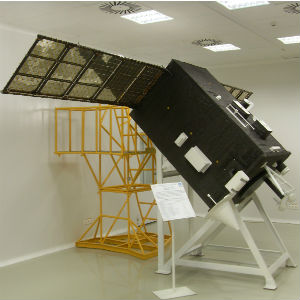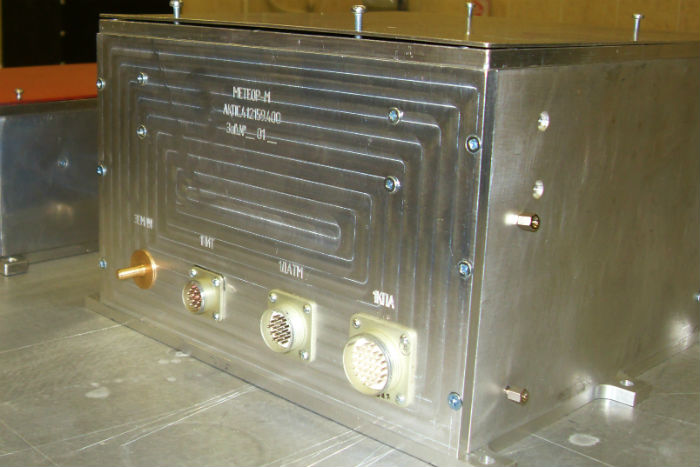
English > News
SSAU scientists continue to prepare for the first launch campaign from the space-launch complex Vostochniy
23.04.2015, 18:08
SSAU Institute of Space Device Engineering and the Department of Space Engineering gave six sets of equipment of their own design and manufacturing to installation aboard a small spacecraft “Aist-2” to the Space Rocket Centre “Progress”.
SSAU scientists, specialists and students were engaged in creation of new scientific equipment for the new satellite for about two years.
The devices given to the Space Rocket Centre “Progress” will solve two major task complexes. First of all, it is a study of the space environment effect on the on-board electrical and radio equipment, as well as on the device construction materials. Currently it is especially up-to-date, in so far as space is an aggressive environment, and the scientists from around the world are looking for new effective ways to protect satellites from its exposure to ensure their reliable operation and extend the service life in orbit. Secondly, this is orientation and spacecraft control.
Initially, the incoming quality inspection and electrical tests will be performed for SSAU equipment in the Space Rocket Centre “Progress”. Afterwards the complex electromagnetic, vibration, thermal vacuum tests of the small spacecraft “Aist- 2” will be performed.
It is to be recalled, that a small spacecraft “Aist- 2” for Earth remote sensing is being created by the Space Rocket Centre “Progress” in collaboration with SSAU scientists and students. This is the first small spacecraft of similar purpose in Russia. It will participate in the first launch campaign from the space-launch complex Vostochniy.
Launching from the new Russian space-launch complex is scheduled for December 2015. The first launch from Vostochniy will perform the Samara carrier rocket “Soyuz-2.1a”, which will orbit another device created by SSAU scientists and students - nanosatellite “SamSat-218”, as well as the university spacecraft “Mikhail Lomonosov” (Moscow State University).
Background information on SSAU scientific equipment given for installation on the ISA "Aist-2”
Mass spectrometric sensor DMS-01 as part of the scientific equipment “Aist- 2” will analyse its own outer atmosphere of the spacecraft (gas environment), whereby it will be possible to study the space environment impact on the quality of scientific and technological experiments and the satellite aerodynamics.
Particle sensor is a mini-lab, which is designed to study the process of gradual destruction (degradation) of the surface element samples under the space environment influence. The behaviour of new nanomaterials, design elements - optics, thermal control coating, and antenna devices - and their erosion by streams of different cosmic particles will be researched. The behaviour of chips under the space environment impact - their radiation resistance and efficiency of the installed protection will also be studied.
Magnetic motion control system of the spacecraft (system reset angular momentum) will solve the problem of the satellite stabilization in space.
Micro-acceleration compensator MAC-1 is designed to ensure the device state control and the compensation of on-board rotational micro-accelerations in the low-frequency sub-spectrum. Working alternately with the magnetic motion control system, MAC-1 will provide the satellite orientation on the Earth's magnetic field vector.
The scientific equipment Meteor-M is designed for the study of micrometeorites and space debris.
The hardware complex “Contact-ISA” is intended for communication technology development and performance of technological experiments to ensure access to separate components of scientific equipment requiring operational support and management, using low-altitude satellite communication systems “Globalstar” and “Gonets”.











